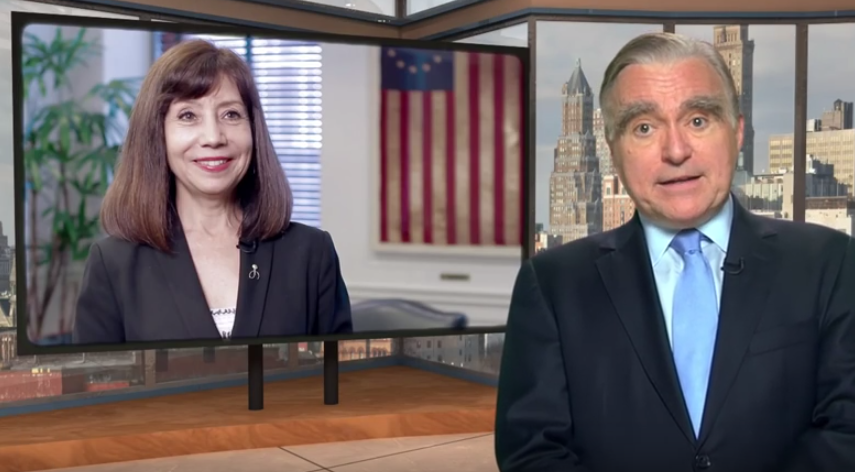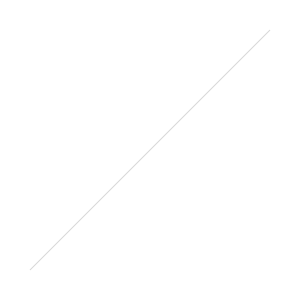This month I was part of a panel entitled, Become an Author: The Time is Now. My two colleagues, Anne Akers and Sue Matthews were panelists. And I was the producer, moderator and a 3rd panelist. (Not recommended. You have to be super coordinated). Speaking on panels is an excellent opportunity to broadcast your message, build your brand, and increase your leadership and visibility. In the current digital marketplace, Virtual panel presentations are no longer optional. Leaders and public speakers must master this medium. Even seasoned panelists won’t excel online unless they learn the difference between virtual and live panels.
Roles: Every virtual panel has a producer, a moderator or Emcee, and speakers.
The producer must be experienced with the online platform of choice. This person is behind the scenes operating the controls. A producer may manage the chat function, handle technical glitches such as sound or video issues, and any other technical details that will free the moderator to conduct the panel.
The moderator makes strategic decisions before the event such as requiring audience members to wait to be invited into the meeting, choosing a backdrop, whether there will be visual aids, or if the event will be recorded. It’s even more important to cover ‘housekeeping” items in terms of how to use the technology and rules of audience participation. As in live events, the moderator keeps the meeting on point and manages the panelists. Introductions should be shorter. Two or three sentences per presenter is more effective than listening to a lengthier introduction. The major difference is the moderator needs to build in more frequent interaction.
The panelists need to keep their presentations and answers brief. A speaker who goes over the time could result in the meeting being prematurely disconnected. It’s critical to rehearse in advance and to err on the side of less information because the actual presentation will take longer with audience interaction. And if the panel finishes early , the audience will always value more time to ask questions.
Interaction: Here is where the producer and moderator can collaborate. Build in polls, make use of the chat, and encourage participation through icons-raised hand, applause, thumbs up. When the moderator is asking questions, the producer can monitor the comments in the chat room and respond individually or alert the moderator when their are questions.
Frequent interaction will engage the audience and prevent them from multitasking. A good rule of thumb is to interact with the audience when a panelist has finished a topic.
The moderator can maximize the chat by asking the audience for short responses. For example, during our publishing panel, I asked the audience if they preferred traditional or self publishing. I directed them to type a /T/ or an /S/ in the chat. It was fast and fun.
Screen presence: Color coordination is important consideration when dressing for virtual panels. Jewel colors work best on screen. We chose colors that complimented each other with royal blue, aqua, and purple. Since panelists may be dialing in from different places be sure that each panelist has an attractive background. One way to create uniformity is to agree to use the same backdrop. And when speaking as a panelist or moderator, be sure to look directly at the lens and not at the speakers.
Virtual presentations are the new normal.



 What do today's business presenters have in common with television anchors? They both have broadcasting skills. With
What do today's business presenters have in common with television anchors? They both have broadcasting skills. With 
 Political candidates spend millions of dollars on advisers,
Political candidates spend millions of dollars on advisers,  TED.com
TED.com  The political stage is a fascinating study of the power of the presentation. When it comes to public speaking and
The political stage is a fascinating study of the power of the presentation. When it comes to public speaking and Last night I was a guest speaker for ABWA. My presentation was Speak Powerfully Sell More: Speak Your Way to More Business.
One woman in the audience asked a question about how to handle a celebrity who is hired to speak and doesn't deliver. This woman went on a rant about how many of these celebrities are not good speakers and yet meeting planners continue to hire them. I explained that the reason for that was event planners want to sell tickets. An event will sell out when the keynote speaker is a celebrity.
Last night I was a guest speaker for ABWA. My presentation was Speak Powerfully Sell More: Speak Your Way to More Business.
One woman in the audience asked a question about how to handle a celebrity who is hired to speak and doesn't deliver. This woman went on a rant about how many of these celebrities are not good speakers and yet meeting planners continue to hire them. I explained that the reason for that was event planners want to sell tickets. An event will sell out when the keynote speaker is a celebrity.